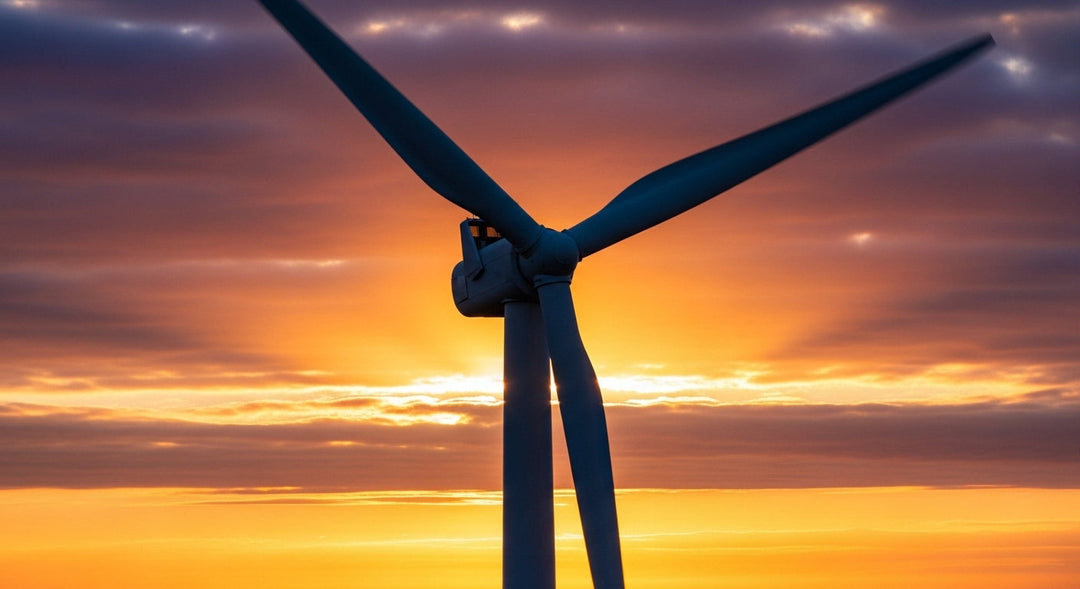Energy Efficiency in the Gulf Cooperation Council

The demand for energy continues to rise at a rapid pace in the Gulf Cooperation Council (GCC) countries, and the need for energy efficiency grows with it. The first contributing factor is rising electricity use by individuals. For example, per capita electricity consumption in Saudi Arabia increased by about 200% between 1985 and 2014, according to the King Abdullah Petroleum Studies and Research Center (KAPSARC).
The population in the GCC also grew more than 4% per year between 2004 and 2014. Higher energy use means more significant savings from improving energy efficiency. Saudi Arabia still uses less electricity per capita than the US, but it uses more than the EU. However, both the US and the EU decreased energy consumption per capita early in the 21st century. The GCC has clearly reached the point where future growth requires higher energy efficiency rather than rising energy consumption.
Why Energy Efficiency?
There are already troubling signs that the GCC countries need to improve energy efficiency. The United Arab Emirates (UAE) had to import natural gas to meet its electricity needs. Saudi Arabia must use oil for a substantial share of its electricity production, despite being a major producer of natural gas. These temporary expedients have long-term consequences. World Bank data shows that CO2 emissions in Saudi Arabia nearly tripled between 1998 and 2014, creating a substantial pollution problem.
Inefficient internal consumption also leaves less oil for export. The World Economic Forum reports that Saudi Arabia’s domestic oil use rose from 17% to 32% of production between 2000 and 2015.
Policies Will Continue to be Supportive
Since 2014, there have been encouraging signs that energy policies are changing in the GCC area. One of the main barriers to energy efficiency in the GCC was government subsidies for energy. The theory was that subsidies created employment in the energy industry. However, falling oil prices put strains on government budgets.
Lower oil prices also meant that subsidies could be reduced without raising prices for consumers. GCC governments realize that artificially low energy prices reduce the incentives to invest in energy efficiency.
Even before 2014, GCC governments were setting goals for greater energy efficiency. According to the International Renewable Energy Agency (IRENA), Kuwait plans to improve energy generation efficiency by 15% before the end of 2030. Saudi Arabia is aiming for an 8% reduction in electricity consumption by 2021.
The UAE is home to many ambitious long-term projects, and the nation intends to increase energy consumption efficiency by 40% before the end of 2050.
Costs and Benefits
Improving energy efficiency in the GCC has direct economic benefits. KAPSARC estimated that the most basic energy efficiency upgrades of existing buildings require 16 billion US dollars. They also determined that it will take between 4 and 13 years for these investments to pay for themselves by reducing energy use.
More extensive efficiency upgrades are also possible, but KAPSARC forecasts that the cost would be $267 billion. If energy prices are relatively high in the future, even that massive investment will pay off in as little as 13 years. While it is crucial to set targets, we must eventually take specific steps to improve energy efficiency.
At EHI, we start by creating financial models and running scenarios during the planning phase. We can also send consultants to inspect facilities and spot specific areas for improvement. That might mean better insulation, more efficient air conditioners, or increasing the reuse of raw materials in the production process.
EHI can also help businesses, governments, and other organizations to implement the necessary changes. Finally, we can monitor and maintain energy efficiency improvements over the long run.










